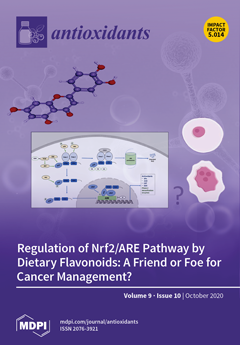Traditional herbal medicines have become a subject of global importance with both medical and economic implications. The regular consumption of herbal drugs has led to serious concerns regarding their quality, effectiveness, and safety. Thus, relevant scientific evidence has become an important criterion for
[...] Read more.
Traditional herbal medicines have become a subject of global importance with both medical and economic implications. The regular consumption of herbal drugs has led to serious concerns regarding their quality, effectiveness, and safety. Thus, relevant scientific evidence has become an important criterion for the acceptance of traditional health claims. The genus
Cotoneaster Medikus provides numerous species traditionally used in Asian medicine for the treatment of haemorrhoids, diabetes, and cardiovascular diseases. This review summarises the achievements of modern research on the
Cotoneaster taxa, including ethnobotany, phytochemistry, pharmacology, and toxicology. To date, more than 90 compounds have been isolated or analytically identified in
Cotoneaster leaves, fruits, flowers or twigs. These phytochemicals are categorised into flavonoids, procyanidins, phenolic acids, cotonefurans, cyanogenic glycosides, triterpenes, sterols, fatty acids, volatile compounds, and carbohydrates, and many of them are responsible for
Cotoneaster pharmacological properties including antioxidant, anti-inflammatory, antimicrobial, antiparasitic, hepatoprotective, anti-diabetic or anti-dyslipidaemic activity. In order to ensure the safety of pharmaceutical applications, the potential toxicity of
Cotoneaster extracts has also been investigated. In conclusion, this systematic review provides an important reference base for further study into the various medical applications of both the dry extracts and pure isolates of
Cotoneaster species.
Full article






